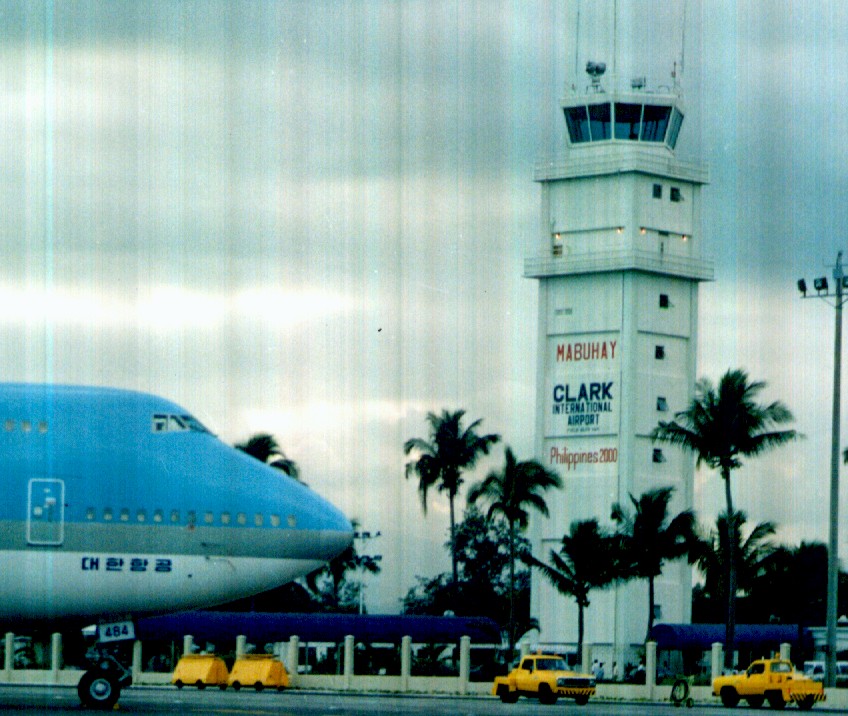BRIEF BACKGROUND: For decades it was known simply as the Clark US Air Force Base, home to American pilots serving in the Pacific.
Today, with the pilots long gone, the Clark Special Economic Zone (CSEZ) is setting out to become the hub for business, industry, aviation, and tourism in the Philippines as well as the entertainment and gaming centre of Asia.
Almost the size of Singapore, the CSEZ occupies more than 28,000 hectares. It is strategically located within the central Luzon provinces of Pampanga and Tarlac, a pleasant one-and-a-half hour's drive from Metro Manila along the scenic, tree-lined Northern Luzon Expressway.
 Over 34,000 hectares of prime land bejeweled by a 2,200 hectare modern civil-aviation complex.
Host to more than 200 foreign and Filipino firms; sprawling championship golf courses, theme parks,
resort hotels and casinos. Sustained by a growing pool of English-speaking professionals and skilled manpower,
world-class infrastructures and utilities. Incentives to match the most rate conscious investor. Ideal for high-technology airport-related industries. LOCATION
The strategic location of Clark Field augurs well with its primary objective of establishing the springboard for the industrialization of the Luzon Region. This in turn is an integral part of the national vision of creating a dynamic and progressive Philippines by the year 2000 and the nation that is competitive with the tiger economies of Asia.
Clark Field is only 80 kilometers north of Manila, the industrial center of the Philippines and only 70 kilometers northeast of Subic, a former American Naval facility also on board the threshold of economic transformation.
HOW TO GET TO CLARK FIELD
Getting to the Clark Special Economic Zone is easy. By car, take the North Luzon Expressway from Manila and exit at either the Angeles exit, Dau exit or the Sta. Inez, Mabalacat exit. Make a left turn towards Angeles City then a right to Clark. The trip should take about an hour and a half from Manila.
WHERE TO DINE
Once inside Clark, the are a number of dining places to go to for a break; Red Crab, Four Season's Restaurant & Deli (International), Cafe Mequeni (International), Bahay Kubo (Filipino) and the Lomi House. Fast food outlets exist as well. Chowking, Mcdonald's and Jollibee are located within the duty free areas.
PLACES OF INTEREST
SALAKOT - One of the most popular landmarks in the Zone, this giant native hat was built in January 1979 commemorating the historic signing of the 1979 RP-US Military Bases Agreement which conferred complete sovereignty over all US military bases upon the government.
BASE CEMETERY - The burial place of close to 8,000 US military and civilian personnel who died during the Spanish-American War.
PARADE GROUND - Marking the grounds are the original gate posts of Fort Stotsenburg. The area was a venue for many important celebrations by both American and Filipino soldiers.
BARN HOUSES - These were the first official residences of the base commanders in the early 1900's. One of them became the residence of the Commander of the Japanese Imperial Army.
LILY HILL - A strategic observation post for monitoring Japanese movement in World War II. Remains of Japanese aircraft and other similar aircraft were found here at the end of the war. Includes a cave.
KEY DEVELOPMENT AREAS - Clark Field's initial phase of development will comprise a core area of 4,440 hectares.
Civil Aviation Area - 1,620 hectares
Industrial Area - 1,020 hectares
|




